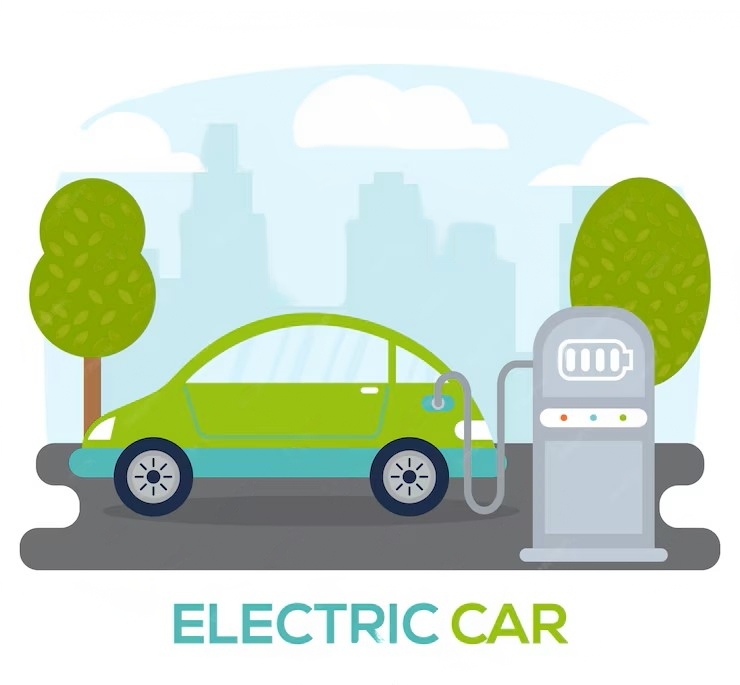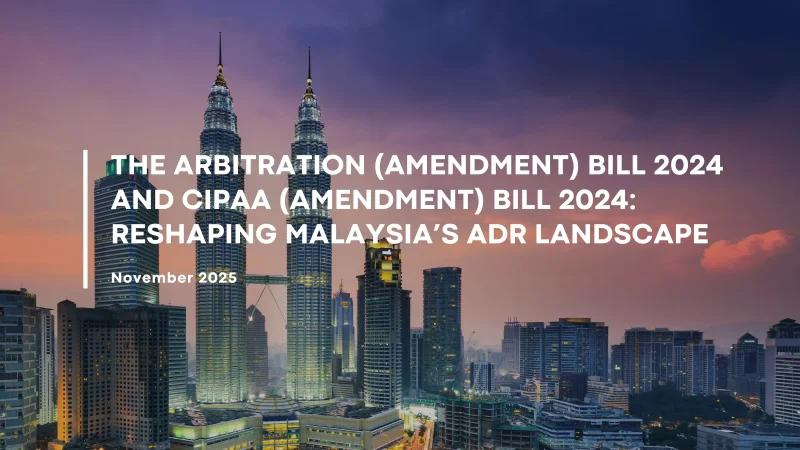EV 3.5 Policy:
The Thai government has introduced refreshed incentives for local battery electric vehicle (BEV) manufacturers and importers. The approved scheme benefits consist of three main measures: (i) subsidy support; (ii) reduction of import taxes on certain imports; and (iii) reduction of excise taxes on batteries. The government funding support will vary, depending on the type of vehicle and the size of the battery units, covering electric passenger cars, pick-up trucks, as well as 2- and 3-wheel vehicles (e.g., tuk-tuks or motorcycles).
The implementation has successfully led to a reduction in the overall price of BEVs in Thailand, boosting the growth of the battery electric vehicle market domestically and further boosting Thailand’s initiative to become the regional BEVs production hub.
The new EV 3.5 Policy is an extension of the current existing EV 3.0 Policy, which has expired in December 2023. Automakers currently enjoying benefits under the existing EV 3.0 Policy are able to join the refreshed EV 3.5 Policy, where benefits will carry until 2027.
What are the Main Differences Between EV 3.0 and EV 3.5?
- Passenger Car (for both imported and locally assembled):
| Benefits | EV 3.0 (4 years, 2022-2025) | EV 3.5 (4 years, 2024-2027) | ||
| Suggested Retail Price (THB/Unit) | not more than 2,000,000 | above 2,000,000 | not more than 2,000,000 | above 2,000,000 and not more than 7,000,000 |
| Import tax cut for the first 2 years | Maximum cut of 40% | Maximum cut of 20% | Maximum cut of 40% | Import tax is maintained |
| Excise tax cut | From 8% to 2% | From 8% to 2% | From 8% to 2% | From 8% to 2% |
| Subsidy (THB/Unit) | 70,000 – 150,000 | No Subsidy | 25,000 – 100,000 | No Subsidy |
Note:
As for measures to encourage investment in BEV production in Thailand, manufacturers and importers will receive up to 40% cuts on import duties for completely built-up units (CBUs) that are priced not exceeding THB 2 million during the first 2 years (2024-2025). A reduction of excise tax from 8 percent to 2 percent will be offered to electric cars priced not exceeding THB 7 million.
Subsidy amount for EV 3.0: Battery capacity from 10 kWh to 30 kWh Battery capacity is more than 30 kWh.
(THB/Unit): 70,000 150,000
Subsidy amount for EV 3.5: Battery capacity from 10 kWh to 50 kWh Battery capacity is more than 50 kWh.
2024 (THB/Unit): 50,000 100,000
2025 (THB/Unit): 35,000 75,000
2026-2027 (THB/Unit): 25,000 (Local assembly only) 50,000 (Local assembly only)
Subsidy claimant parties of EV 3.5:
BEVs importers: From 2024 to 2025
Local BEVs assemblers: From 2024 to 2027
- Pickup Trucks (locally assembled):
| Benefits | EV 3.0 (4 years, 2022-2025) | EV 3.5 (4 years, 2024-2027) |
| Suggested Retail Price (THB/Unit) | not more than 2,000,000 | not more than 2,000,000 |
| Import tax cut for the first 2 years | Import tax maintained | Import tax maintained |
| Excise tax cut | 0% | Maintained at 2% to 0% |
| Subsidy (THB/Unit) | 150,000 | 100,000 |
Note:
Special requirement:
- The pickup trucks must be designed to freight 1,000 – 4,000 kg.
- Pickup trucks’ weight of at least 1,200 kg.
Excise tax cut for EV 3.5:
2024-2025: From 10% to 0%
2026-2027: From 10% to 2%
Subsidy:
For EV 3.0: Battery capacity must be more than 30 kWh.
For EV 3.5: Battery capacity must be more than 50 kWh.
- Motorcycle (locally assembled):
| Benefits | EV 3.0 (4 years, 2022-2025) | EV 3.5 (4 years, 2024-2027) |
| Suggested Retail Price (THB/Unit) | not more than 150,000 | not more than 150,000 |
| Import tax cut for the first 2 years | Import tax is maintained | Import tax is maintained |
| Excise tax cut | Maintained at 1% | Maintained at 1% |
| Subsidy (THB/Unit) | 18,000 | 10,000 |
Note:
According to the draft Excise Department Notification on Determination of Criteria, Methods, and Conditions to Obtain Incentives under the Measures Promoting the Use of Electric Vehicles Phase 2 for Passenger Cars and Motorcycles, the Excise Department has outlined as follows:
- The lithium-ion battery must be certified by the Thailand Automotive Institute (TAI) or any other related institution and have a voltage of at least 48 volts.
- The battery should possess a minimum capacity of 3 kWh or offer a range of at least 75 km on a single charge. It must also pass the Worldwide Harmonized Motorcycle Emission Certification/Test Procedure with Class 1 or above and submit it to the Thailand Automotive Institute (TAI) or any other related institution.
- BEV motorcycles must be equipped with pneumatic tires meeting the Thai Industrial Standards Institute (TISI) standard no. TIS. 2720-2017 or higher, or the United Nations Regulation (UN Regulation) no. 75 (00 series or higher).
- To gain approval, BEV motorcycles must adhere to one of the safety standards:
– TISI standard no. TIS. 2952 – 2018 concerning vehicles of category L with specific requirements for the electric power train.
– Obtain a certificate according to UN Regulation No. 136 (00 Series or higher).
– Obtain a certificate for a motorcycle electric powered generator model as per the Department of Land Transport’s announcement.
Subsidy for both EV 3.0 and EV 3.5:
Battery capacity must be more than 3 kWh.
Special Conditions for Manufactures and Importers:
The manufacturers and importers (beneficiaries) who have received incentives and import completely built-up units from the EV 3.0 and 3.5 policies need to produce electric power vehicles (EPVs) in return as part of this policy to increase the number of BEVs vehicles in Thailand, as follows:
EV 3.0: Obligated to produce BEV in Thailand by 2025
Required ratio:
- Need to produce 1 unit per 1 import (if production starts in 2022-2023)
- Need to produce 5 units per 1 import (if production starts in 2025)
EV 3.5: Obligate to produce BEV in Thailand by 2027
Required ratio:
- Need to produce 2 units per 1 import (if production starts in 2026)
- Need to produce 3 units per 1 import (if production starts in 2027)
Note:
Production Models:
- Passenger cars and pickup trucks with a suggested retail price of not more than THB 2 million with not more than 10 seats can produce any models of electric power passenger cars or pickup trucks to satisfy this ratio requirement.
- Passenger cars with a suggested retail price above THB 2 million but not more than THB 7 million with not more than 10 seats can produce any models of electric power passenger cars that have been imported, registered, and received benefits under this policy in order to satisfy this ratio requirement. Even if it has a different serial number, it can still be considered as production of the same passenger cars model.
- Motorcycles can produce any models of electric power motorcycles to satisfy this ratio requirement.
Production after 1 January 2026:
Participants of the EV 3.5 Policy must use domestically produced batteries in production.
Caution:
If manufacturers and importers do not process the production in a timely manner of this policy and comply with the criteria and conditions, the Excise Department will request refund of the subsidies from the manufacturers, importers, and any other related parties. Additionally, the mentioned parties must pay a fine and interest according to law.
What is the Impact of Scheme and What’s Next?
Thailand is one of the major vehicle production hubs in Asia. The Thai government’s national agenda aims to develop and promote Thailand into a low-carbon society with a sustainable economy, with its status as a major BEV manufacturer within Asia. The previous EV 3.0 Policy has proven largely successful, as evident by the recent surge in foreign investors investing into production facilities locally. This may be a mixture of the ability to sell products at lower prices, which in turn increases demand for BEV vehicles and provides more options and affordable prices for consumers in addition to the traditional internal combustion engine (ICE) vehicles, which have been widely used in the past, as a result of receiving supporting incentives from the government through this policy.
Operators who may or may not be enjoying the benefits of the EV 3.0 Policy may wish to consider participating in the EV 3.5 Policy in order to maintain a competitive advantage along with other local manufacturers who may be benefiting from the scheme.
Despite somewhat stricter requirements and a minor decrease in the subsidies offered, joining the scheme will undoubtedly boost production lines as well as downstream distribution channels. In order to enjoy the benefits of the EV 3.5 Policy, automakers generally need to sign a form of memorandum of understanding or MOU with the Thai Excise Department and place a bank guarantee which will stipulate general and specific conditions for the automaker. Current EV 3.0 Policy participants could also transfer existing unsold units under the EV 3.0 Policy to the new EV 3.5 Policy.

